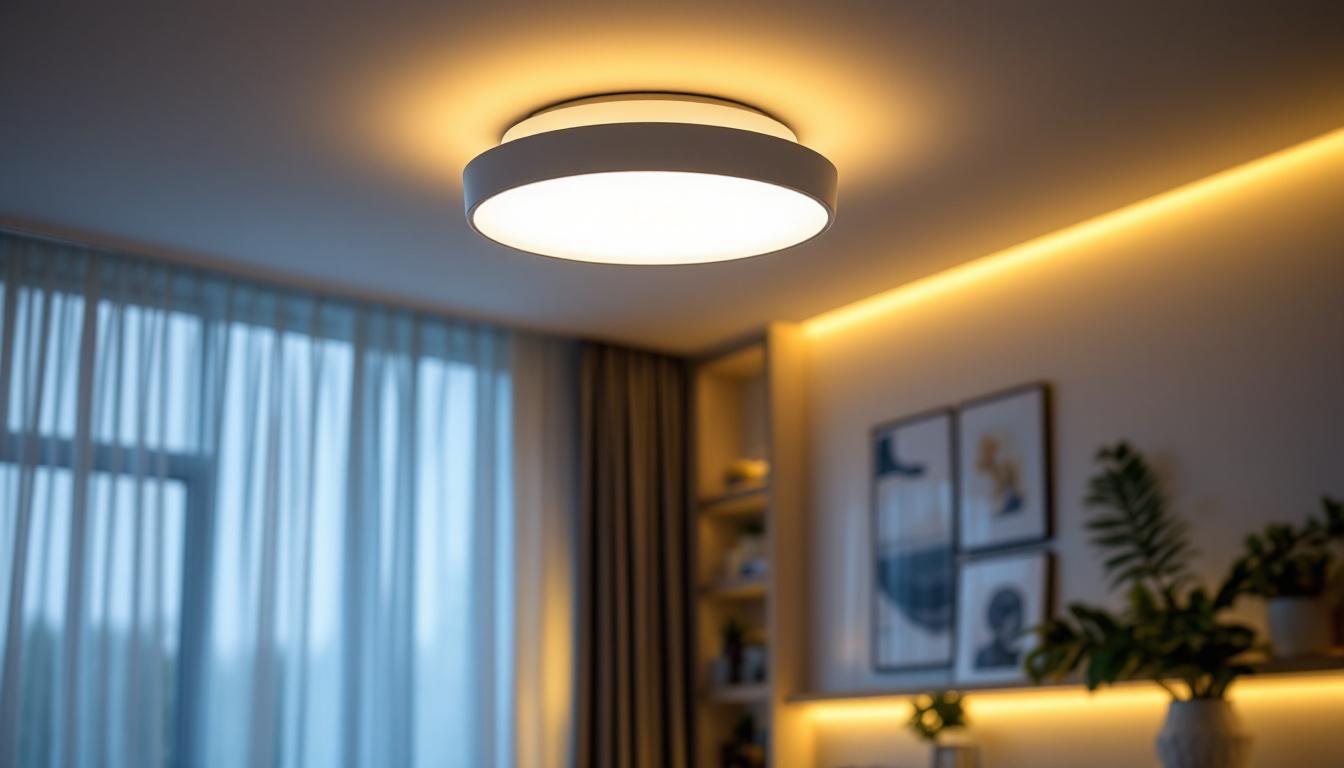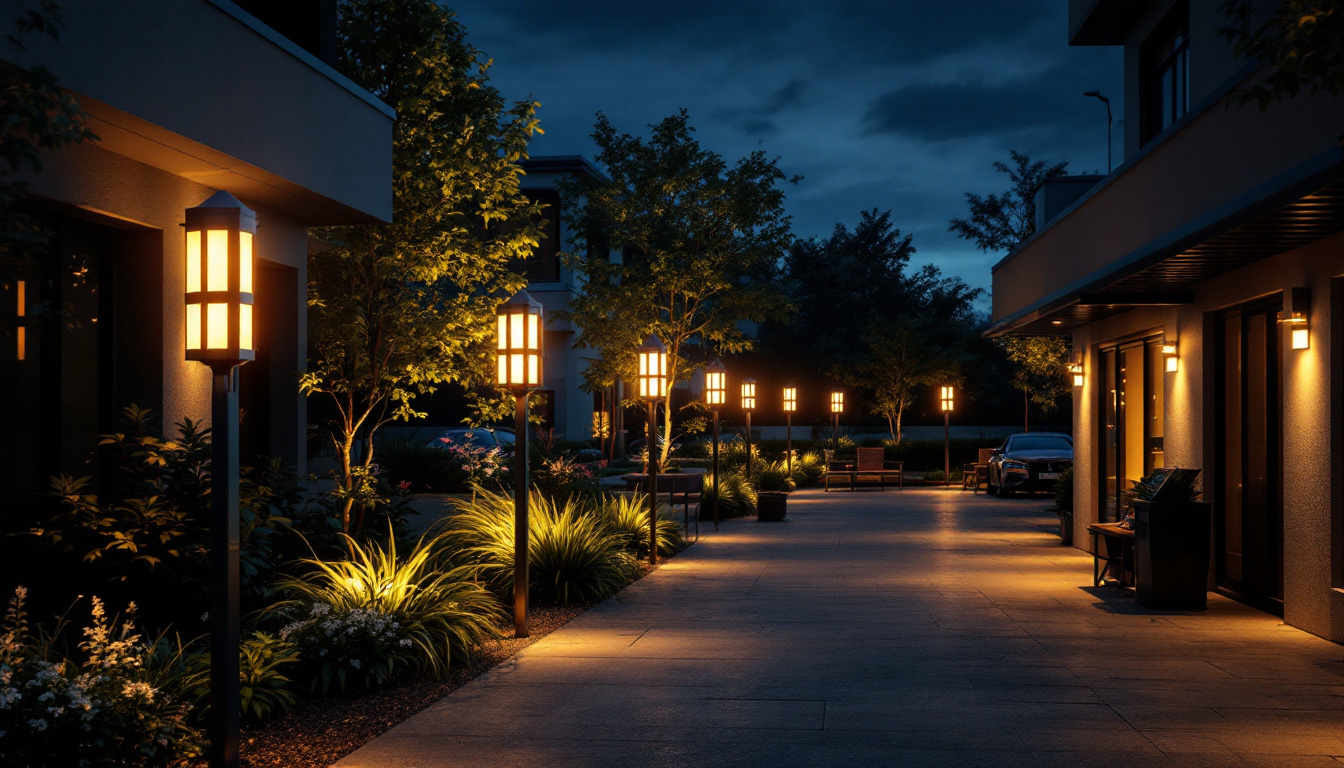
Fluorescent tube light fixtures have long been a staple in both commercial and residential lighting applications. For lighting contractors, understanding the intricacies of these fixtures is essential for providing effective solutions to clients. This comprehensive handbook will explore various aspects of fluorescent tube light fixtures, from their design and installation to maintenance and troubleshooting.
Fluorescent tube light fixtures operate on a principle that combines electricity and gas to produce light. They are energy-efficient alternatives to incandescent bulbs and are widely used in offices, warehouses, and retail spaces. Understanding the components and functionality of these fixtures is crucial for any lighting contractor. Their efficiency not only reduces energy costs but also contributes to a more sustainable environment, making them a popular choice for eco-conscious consumers and businesses alike.
Moreover, the lifespan of fluorescent tubes is significantly longer compared to traditional incandescent bulbs, often lasting up to 10,000 hours or more. This longevity translates to less frequent replacements, which can be a considerable advantage in commercial settings where downtime for maintenance can be costly. Additionally, advancements in fluorescent technology have led to the development of high-performance tubes that provide better color rendering and brightness, enhancing the overall ambiance of a space.
A typical fluorescent tube light fixture consists of several key components:
Fluorescent tube light fixtures come in various types, each suited for different applications:
In addition to these standard types, there are also specialized fixtures, such as those designed for damp or wet locations, which are sealed to prevent moisture ingress. This makes them suitable for environments like kitchens, bathrooms, or outdoor areas. Furthermore, some fixtures incorporate advanced features such as dimming capabilities or integrated sensors for motion detection, allowing for greater control over lighting levels and energy consumption.
Proper installation is critical to ensure the longevity and efficiency of fluorescent tube light fixtures. Lighting contractors must follow specific guidelines to achieve optimal results.
Before installation, it is essential to assess the space and determine the lighting requirements. Factors such as ceiling height, room size, and intended use will influence the choice of fixtures and their placement. Conducting a lighting audit can help identify the best locations for installation. Additionally, consider the color temperature of the fluorescent tubes, as this can significantly affect the ambiance of the space. For instance, cooler temperatures (5000K-6500K) are ideal for workspaces, promoting alertness and focus, while warmer temperatures (3000K-4000K) create a more relaxed atmosphere suitable for living areas.
Follow these steps for a successful installation:
After installation, it is advisable to monitor the performance of the fluorescent fixtures over the first few weeks. Look out for any flickering or dimming, which may indicate issues with the ballast or the tubes themselves. Regular maintenance, such as cleaning the fixtures and replacing tubes as needed, will help maintain optimal lighting conditions. Furthermore, consider the environmental impact of fluorescent lighting; while they are more energy-efficient than incandescent bulbs, proper disposal of used tubes is essential due to the presence of mercury. Many localities offer recycling programs specifically for fluorescent tubes, ensuring they are disposed of safely and responsibly.
Regular maintenance is essential for keeping fluorescent tube light fixtures in optimal working condition. This not only extends the lifespan of the fixtures but also ensures consistent lighting quality.
Lighting contractors should recommend routine checks to clients, which may include:
When a fluorescent tube fails, it is crucial to replace it promptly. Here are steps for replacing tubes:
Even with proper installation and maintenance, issues can arise with fluorescent tube light fixtures. Understanding common problems and their solutions is vital for lighting contractors.
Flickering lights can be a nuisance and may indicate several underlying issues:
If the fluorescent lights are dim, it could be due to several factors:
Fluorescent tube light fixtures are known for their energy efficiency compared to traditional incandescent lighting. However, it is essential to consider environmental factors when using these fixtures.
Fluorescent lights use significantly less energy than incandescent bulbs, making them a cost-effective choice for clients. They typically consume about 75% less energy, leading to lower electricity bills and reduced carbon footprints.
While fluorescent tubes are more energy-efficient, they do contain small amounts of mercury, which can pose environmental risks if not disposed of properly. Lighting contractors should educate clients on the importance of recycling old tubes and following local regulations for hazardous waste disposal.
The lighting industry is constantly evolving, and staying informed about future trends can help contractors provide the best solutions for their clients.
LED technology is rapidly gaining popularity as an alternative to fluorescent lighting. LEDs offer even greater energy efficiency and longer lifespans, making them an attractive option for many applications. While fluorescent tubes are still widely used, contractors should be prepared to discuss the benefits of LED lighting with clients.
Smart lighting systems are becoming increasingly common in both residential and commercial settings. These systems allow users to control lighting through mobile apps or voice commands, enhancing convenience and energy management. Lighting contractors should stay updated on smart technology integrations that can complement traditional fluorescent lighting.
Fluorescent tube light fixtures remain a vital component of modern lighting solutions. For lighting contractors, understanding their design, installation, maintenance, and troubleshooting is essential for providing high-quality service to clients. By staying informed about trends and advancements in lighting technology, contractors can ensure they meet the evolving needs of their customers while promoting energy efficiency and environmental responsibility.
Ready to elevate your lighting game? At LumenWholesale, we provide lighting contractors with the superior, spec-grade fluorescent tube light fixtures you need to outshine the competition. With our unbeatable wholesale prices and commitment to quality, you can light up any space while maximizing your budget. Say goodbye to local distributor markups and hello to our hassle-free bulk buying with free shipping. Don’t compromise on quality or value — Wholesale Lighting at the Best Value is just a click away. Partner with LumenWholesale today and experience the difference in your next lighting project.

Discover how a LED flushmount ceiling fixture boosts energy efficiency by up to 50%, reduces costs, and enhances home lighting.

Discover the essential insights on perimeter lighting that every lighting contractor needs to excel.

Discover how Plug and Play LED tubes are revolutionizing the lighting industry for contractors.

Discover the essential guide to linking LED shop lights, tailored specifically for lighting contractors.